Just finished putting my EGT gauge in Oscar, and I reckon its come up good enough to post a quick tutorial.
Its my first tute, so be easy on me

I got my gauge and probe online from Auber Instruments.
auberins.com, Temperature control solutions for home and industry
They describe it as a
Automobile Multimeter as it can measure EGT, boost, oil temp etc. Only one sensor can be connected at a time, meaning its not like a Madman EMS.
Here is the gauge side view (front piccy's later):
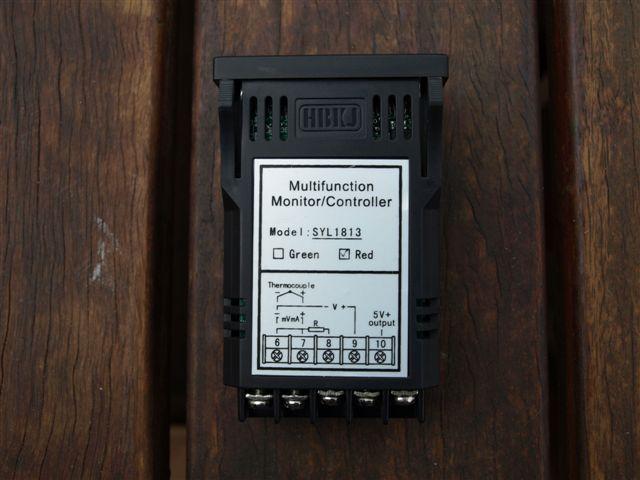
I also purchased a K type thermocouple from Auber, with a weld-in boss so that I could fit it to the EGR blanking plate. If you dont have the facility to weld it in you'd be better off with a threaded boss and just tap it into the plate.
I welded it in on an angle so that I didn't have to bend the probe inside the manifold, as the hole in the manifold isn't perpendicular to the blanking plate.
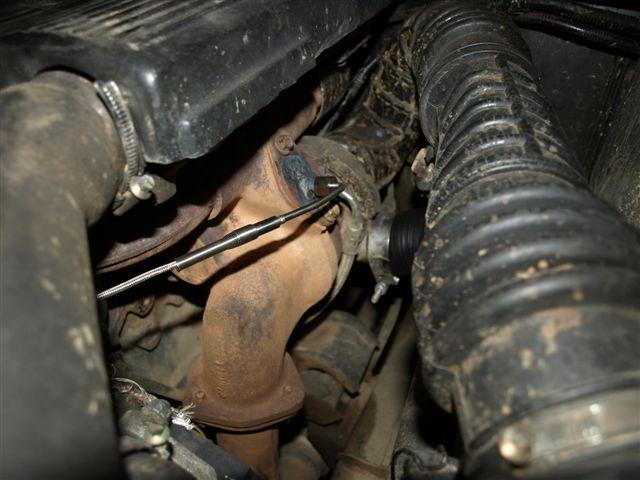
As far as gauge location goes, I decided to remove the standard D1 clock and put the gauge in its place.
Remove the clock by first removing the drinks tray, and then releasing the tabs on the clock and unplugging it, along with the plug on the hazard lights switch.
Once its out ,I removed the face by releasing the plastic clips that hold it on (3 sets - end/middle/end).
Here is the face removed, and you can see I've started to enlarge the hole to take the gauge:
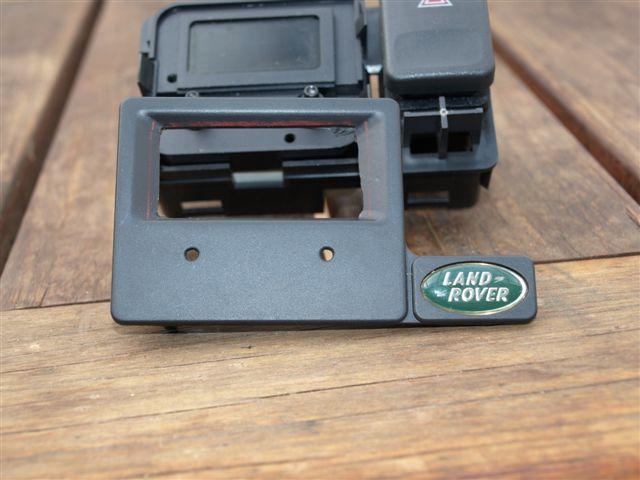
and then removed the 2 screws that attach the clock to the rest of the assembly.
NOTE: There are 4 screws - 2 that hold the clock to the assy, and 2 that hold the clock together. The holes in this picture are from the screws that hold the clock to the assy. Dont remove the other ones in the picture or the clock WILL fall apart!
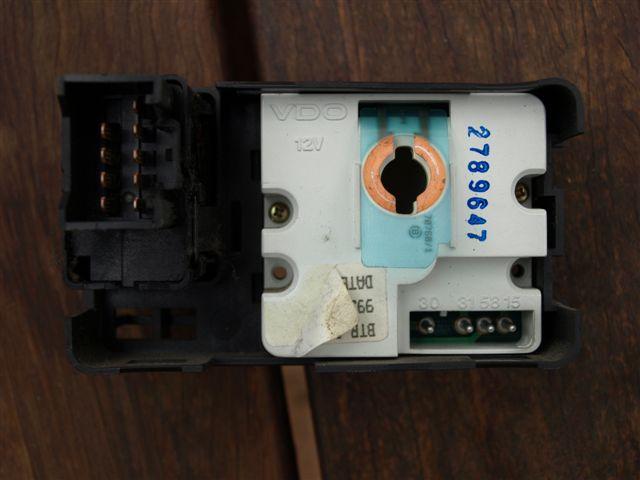
There are also a couple of plastic clips that hold the clock to the rest of the assembly and these need to be released to finally remove the clock.
The next job is to gently enlarge the hole in the clock face until the EGT guage slides nicely into it. There are clips on the guage that will lock it in place once it slides in.
Take it slow doing this - if you make the hole too big the guage won't clip in nicely and you will have to find another method to retain it.
Here's what mine looked like once fitted in the original clock face:
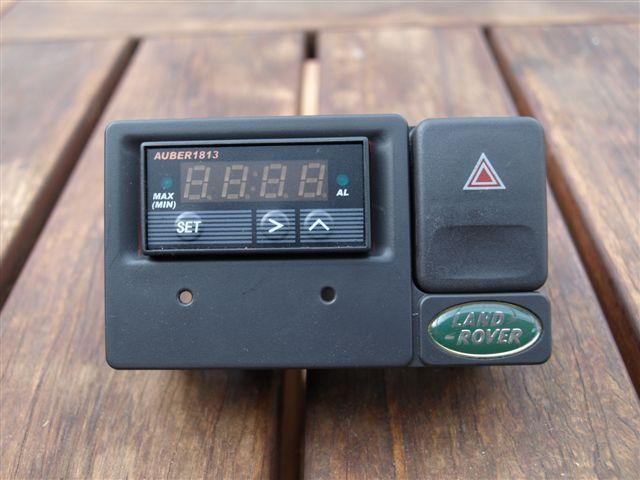
Time to fit the face back onto the main assembly.
I came across a small glitch at this point. The clock face originally relied on the thickness of the clock itself to provide a nice fit with the main assy, and was loose when fitted without it. I cut out a small piece of plastic (any material will do) the same thickness and shape as the clock and mounted it on the original clock mounting screws. When the face was re-fitted the plastic took up the original gap from the clock and it wasn't so loose. A couple of dabs of silicon made sure it wasn't going to rattle. Forgot to take any photos at that point.
All thats left now is to run the thermocouple wiring in the engine bay and through one of the firewall grommets, and hook it up to the gauge along with some power.
I took the power from the clock connector plug, by making up some pins to insert into it from some 1.6mm welding wire. I cut a small length of welding wire and crimped it into a straight automotive joiner, then crimped the other end onto some wire to connect to the gauge. Worked really well and saved having to tap into something else. One of the wires to the plug is only live with the ignition on, so it worked out perfectly.
Here's the finished product:
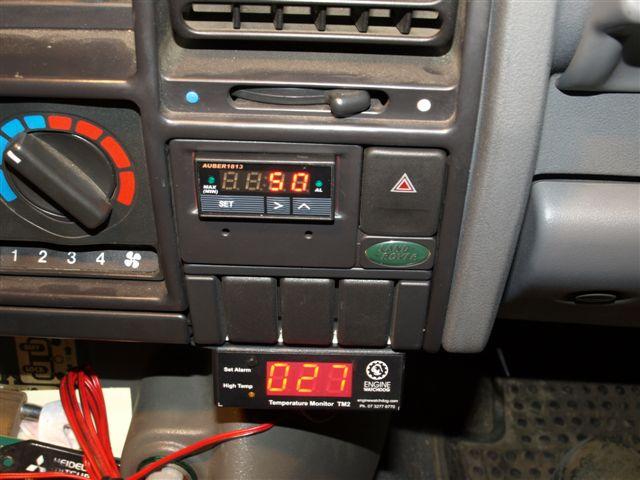
Hope you've had an interesting read.
Steve





Bookmarks